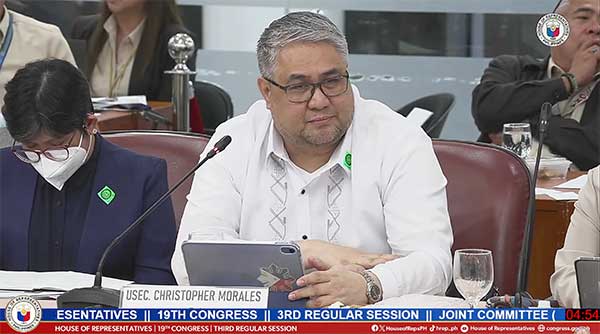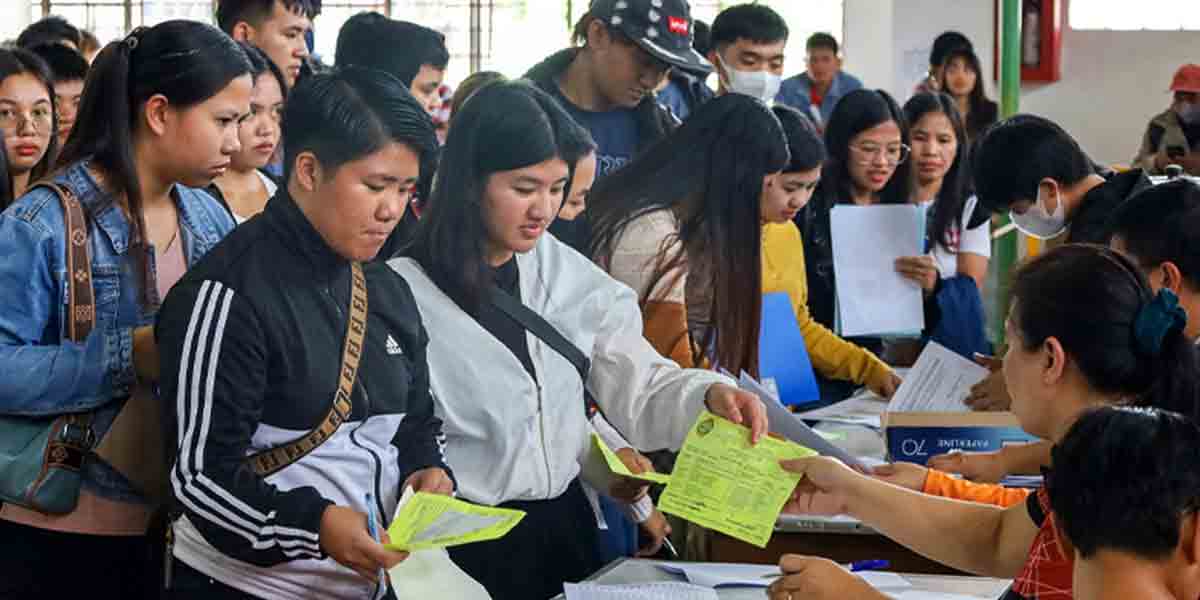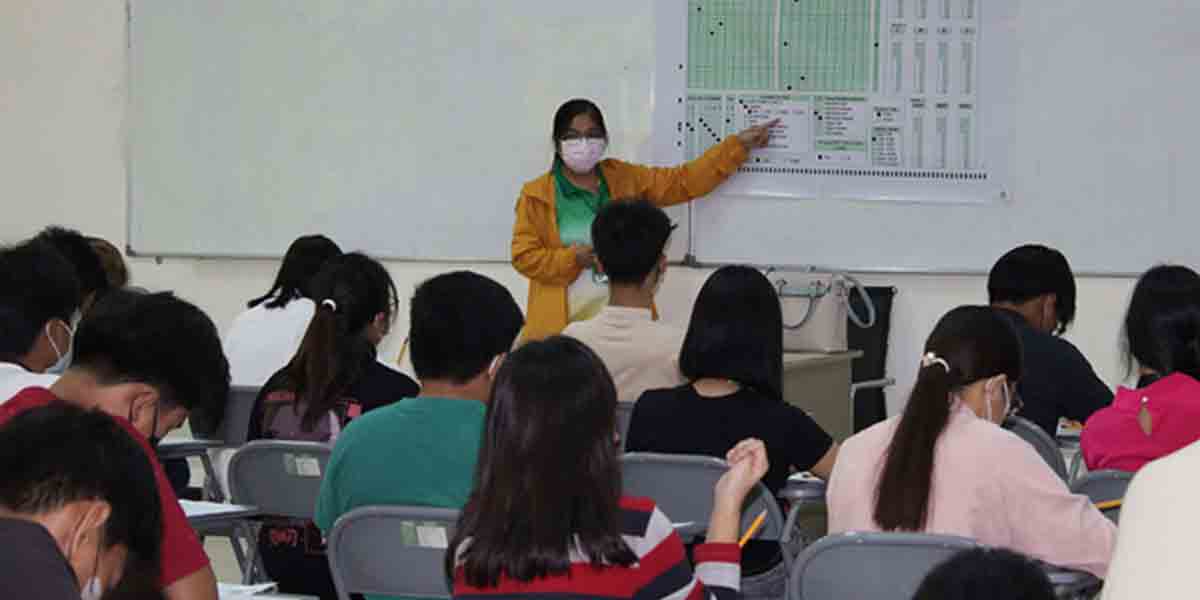
By Joseph Bernard A. Marzan
An official from the Department of Agriculture (DA) admitted to the House of Representatives (HOR) on Tuesday, December 10, that “certain market forces” have hindered efforts to lower rice prices in the country despite tariff reductions.
The hearing, conducted by the HOR’s Murang Pagkain Super Committee—a joint body comprising five committees on Trade and Industry, Agriculture and Food, Ways and Means, Social Services, and Food Security—focused on concerns over smuggling and price manipulation of essential goods.
Quezon 2nd District Representative David Suarez, vice-chairperson of the Agriculture and Food Committee, questioned why rice prices remained high despite Executive Order (EO) No. 62, issued on June 20, 2024, by President Ferdinand Marcos Jr.
EO No. 62 reduced tariffs on imported rice from 35 percent to 15 percent until the end of 2028. The DA initially projected that this move would lower rice prices to an average of PHP40 per kilogram by August, down from the prevailing price of PHP50 to PHP51 per kilogram.
Rice importer Vic Angeles told lawmakers that while importers and wholesalers had reduced their prices in response to the tariff cuts, many dealers and retailers did not follow suit.
DA Undersecretary for Rice Industry Development Christopher Morales acknowledged the issue and cited a “cartel-like” environment in the rice market.
“We assessed, and we saw that the supposed wholesale price did not trickle down to the retail markets. […] Apparently, there is a cartel-like environment, an imperfect market where some forces dictate prices,” Morales said.
Morales explained that while the wholesale-to-retail price difference should benefit consumers, the advantage seemed to have been absorbed elsewhere in the supply chain.
“This is already on the enforcement side. We’re not sure if this is still part of the DA’s mandate,” Morales added.
Assistant Secretary for Agribusiness, Marketing, and Consumer Affairs Genevieve Velicaria-Guevarra said the DA is investigating the phenomenon and monitoring rice prices despite the absence of a Suggested Retail Price (SRP).
She noted that price adjustments began in September following the implementation of the DA’s Rice-for-All program on August 1, which aims to encourage retailers to offer rice at an average price of PHP45 per kilogram.
“It’s saying that if the trend is showing that there [is] available cheaper rice, retailers are following that trend. Not all, but there are retailers that are following the trend in the lowering,” Guevarra said.
The DA assured lawmakers that it continues to monitor rice prices and will push for greater compliance among retailers to benefit consumers.





















